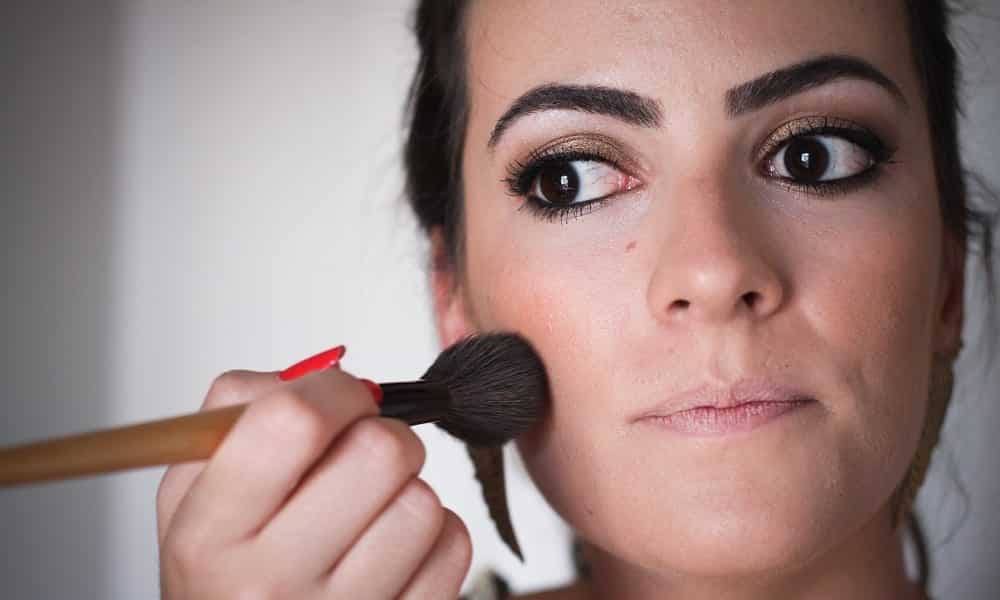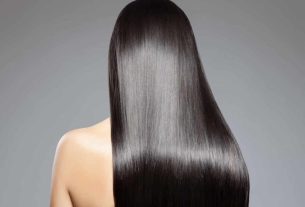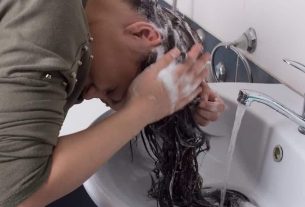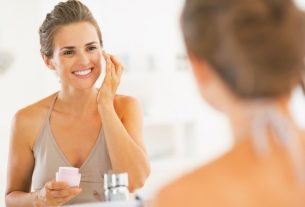Bronzer vs. Contour: Understanding the Key Differences and How to Use Them for Perfect Makeup
If you’ve ever stepped into the world of makeup, you’ve probably come across two products that seem to serve a similar purpose—bronzer and contour. These two products are often used to enhance the natural shape of the face, but they are distinct in their purpose, application, and effect. If you’re confused about which one to use or when, you’re not alone. In this article, I’ll explain the differences between bronzer and contour, guide you on how to use them effectively, and help you achieve a flawless look with both.
What is Bronzer?
Bronzer is a makeup product that’s primarily used to add warmth to your skin, mimicking the natural tan you might get from sun exposure. It’s typically applied to the high points of the face—those areas where the sun would naturally hit, such as the cheekbones, forehead, nose, and chin. The goal of bronzing is to create a healthy, sun-kissed glow, making your skin appear more radiant and lively.
Bronzer is available in a variety of finishes, such as matte, satin, and shimmer. Matte bronzers are great for a more natural look, while shimmer bronzers can add a bit of luminosity to your skin.
What is Contour?
Contour, on the other hand, is a makeup technique designed to define and sculpt the face. The goal of contouring is to create shadows that emphasize the bone structure and create a more sculpted, chiseled appearance. Contour is typically applied in areas where natural shadows fall on the face, such as under the cheekbones, along the jawline, on the sides of the nose, and at the temples.
Unlike bronzer, which is used to warm up the complexion, contour is generally cooler in tone, with shades that mimic the natural shadow of the face. Contour products can come in powder, cream, or stick formulations, allowing you to choose the right texture for your skin type and makeup preference.
Bronzer and contour
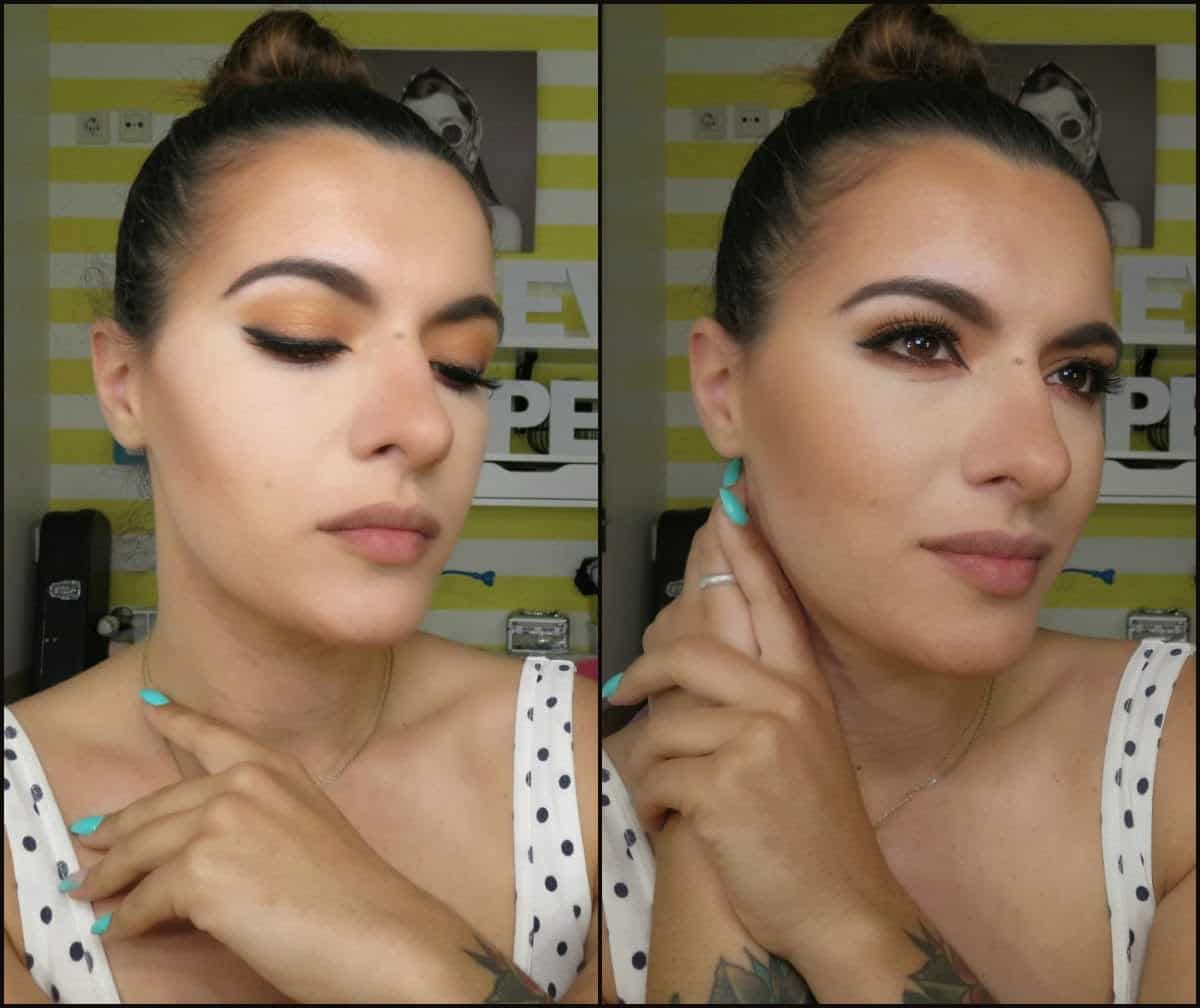
Key Differences Between Bronzer and Contour
Now that we understand what each product is, let’s break down the key differences:
- Purpose
- Bronzer is used to add warmth and a sun-kissed glow to your complexion.
- Contour is used to define, sculpt, and create shadows, enhancing your facial structure.
- Tone
- Bronzer generally has warm, golden, or reddish undertones to mimic the warmth of the sun.
- Contour usually has cooler, ashy, or taupe undertones to mimic natural shadows.
- Application
- Bronzer is applied to the high points of the face, such as the cheekbones, forehead, nose, and chin.
- Contour is applied to the hollows of the cheeks, jawline, temples, and sides of the nose to create the appearance of shadows.
- Finish
- Bronzer can be matte, satin, or shimmery, depending on the look you’re going for.
- Contour is typically matte, as the goal is to mimic natural shadows, which don’t have shine.
Similarities
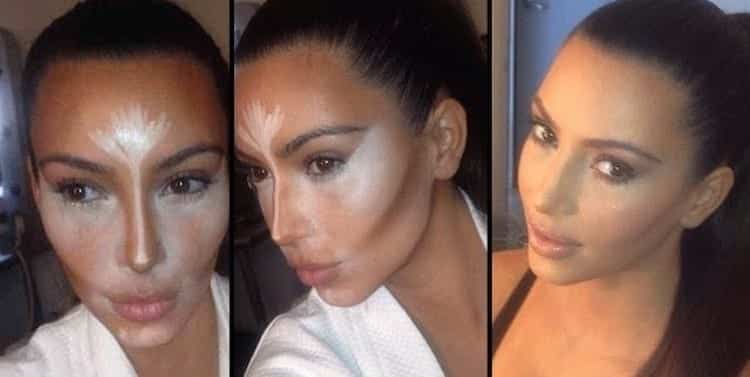
When to Use Bronzer and Contour
Knowing when to use bronzer and contour is key to mastering the art of makeup. Here’s when and how to use each product to its fullest potential.
When to Use Bronzer
- To Add Warmth: If your skin looks dull or ashy, bronzer is your best friend. It will warm up your complexion and give you that healthy, radiant glow. Apply bronzer to areas where the sun naturally hits, like the tops of your cheekbones, the bridge of your nose, your forehead, and your chin.
- For a Sun-Kissed Look: Whether you’re going for a natural everyday look or you want to bring some warmth to a more glamorous style, bronzer can instantly give you a sun-kissed appearance without having to step outside. If you’re heading to the beach or on a summer vacation, bronzer is your go-to product.
When to Use Contour
- To Sculpt the Face: If you want to enhance your bone structure or create a more defined face shape, contouring is the key. Apply contour under your cheekbones, along your jawline, and along the sides of your nose to create the illusion of sharper, more defined features.
- To Create Dimension: If you have a round face shape or you’re looking to slim down certain areas, contouring can add dimension to your face. It creates shadows that make your features appear more structured and angular, perfect for evening looks or photoshoots.
Differences

How to Apply Bronzer
- Choose the Right Shade: Pick a bronzer that is one or two shades darker than your natural skin tone. If you’re fair, go for a light bronzer with a peachy or golden undertone. If you have a medium to deep complexion, opt for a bronzer with a warm, golden, or reddish tone.
- Use a Fluffy Brush: A fluffy, rounded brush works best for applying bronzer. It helps you blend the product seamlessly into your skin for a natural look.
- Apply to High Points: Sweep the bronzer over the high points of your face—the tops of your cheekbones, forehead, nose, and chin. Make sure to blend well to avoid any harsh lines.
- Blend, Blend, Blend: Bronzer should look natural and soft, so be sure to blend the product into your skin for a smooth, seamless finish.
How to Apply Contour
- Choose the Right Shade: For contouring, pick a product that is 2-3 shades darker than your natural skin tone. It should have a cool, neutral, or taupe undertone to mimic natural shadows.
- Use a Contour Brush: A smaller, angled brush works well for contouring, as it allows you to precisely apply the product to the hollows of your cheeks and jawline.
- Apply in Strategic Areas: Apply contour to the hollows of your cheeks, along your jawline, at your temples, and along the sides of your nose if you want to slim it down. Be sure to blend well to avoid harsh lines.
- Blend with Bronzer: After applying contour, blend it with bronzer to ensure there’s no noticeable demarcation between the two. This will give you a naturally sculpted look.
Can You Use Bronzer and Contour Together?
Absolutely! In fact, bronzer and contour work together beautifully when used correctly. Bronzer adds warmth and a sun-kissed glow, while contour creates shadows and defines the face. The key is to apply bronzer on the high points of the face and contour in the hollows to create depth.
- Start with your contour first. Sculpt the areas of your face that you want to define.
- Next, apply bronzer to the high points of your face to warm up your complexion.
- Blend both products together so there’s no harsh line between the contour and bronzer.
The result is a beautifully sculpted and sun-kissed look, perfect for any occasion.
Tips for a Natural Look
- Choose the Right Tools: A good brush makes all the difference. For bronzer, use a fluffy brush, and for contouring, opt for a smaller, angled brush.
- Go Light: It’s always easier to build up product than to remove it. Start with a light hand and build up the intensity as needed.
- Blend Well: Blending is key to achieving a natural look. Take your time to blend bronzer and contour into your skin so it looks seamless.
Final Thoughts: Should You Use Bronzer or Contour?
The decision to use bronzer, contour, or both ultimately depends on your personal preference and the look you’re going for. If you want to add warmth and a sun-kissed glow, bronzer is the perfect product for you. If you want to define your face shape and create more structure, contouring is the way to go. And if you’re feeling adventurous, using both products together can give you a beautifully sculpted and radiant appearance.
By understanding the differences between bronzer and contour, and learning how to use each one correctly, you’ll be able to elevate your makeup routine and create stunning, flawless looks. Remember, makeup is all about enhancing your natural beauty, so have fun experimenting and find what works best for you!
FAQ
Q1: Can I use bronzer as contour?
A1: While bronzer can add warmth to your complexion, it’s generally not ideal for contouring. Contour products are specifically formulated with cooler tones to mimic natural shadows, whereas bronzer has warm tones. However, if you’re in a pinch, a matte bronzer can work as a subtle contour.
Q2: Do I need both bronzer and contour?
A2: Not necessarily. You can use just one or both depending on the look you’re aiming for. If you want a simple, natural glow, bronzer alone may suffice. If you want to define your features and create dimension, contouring is a great addition.
Q3: Can I contour without makeup?
A3: Yes, you can! Some people use skincare products that add shadows and highlights to the skin. However, contouring is typically done with makeup to create more dramatic effects. There are also non-makeup products, such as contouring sticks and creams, that can be used in the same way.
Q4: How do I blend contour and bronzer?
A4: Start by applying contour to the hollows of your face, then use bronzer to add warmth to the high points. Blend both products thoroughly using a clean, fluffy brush to ensure the lines between the products are soft and natural.
Q5: Can I contour my nose with bronzer?
A5: While bronzer can be used to add warmth to the nose, it’s better to use a contour product with cooler tones to create shadows that slim and define the nose. Apply contour on the sides of the nose for a more sculpted look.
Whether you’re looking for a sun-kissed glow or wanting to sculpt your face to perfection, understanding the differences between bronzer and contour will help you achieve a flawless makeup look.

Sign up for our newsletter and stay up to date with exclusive news
that can transform your routine!

